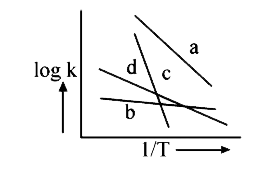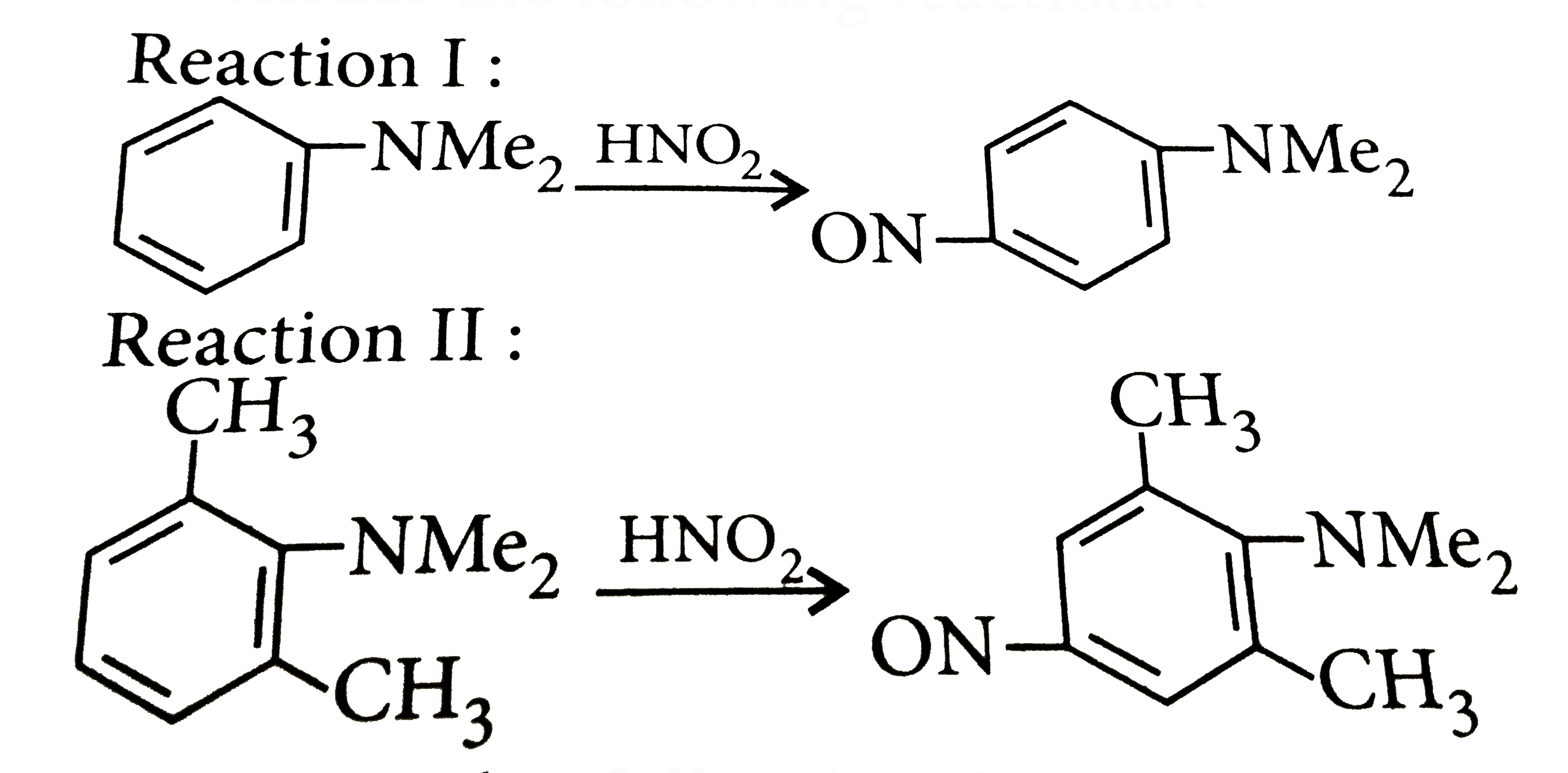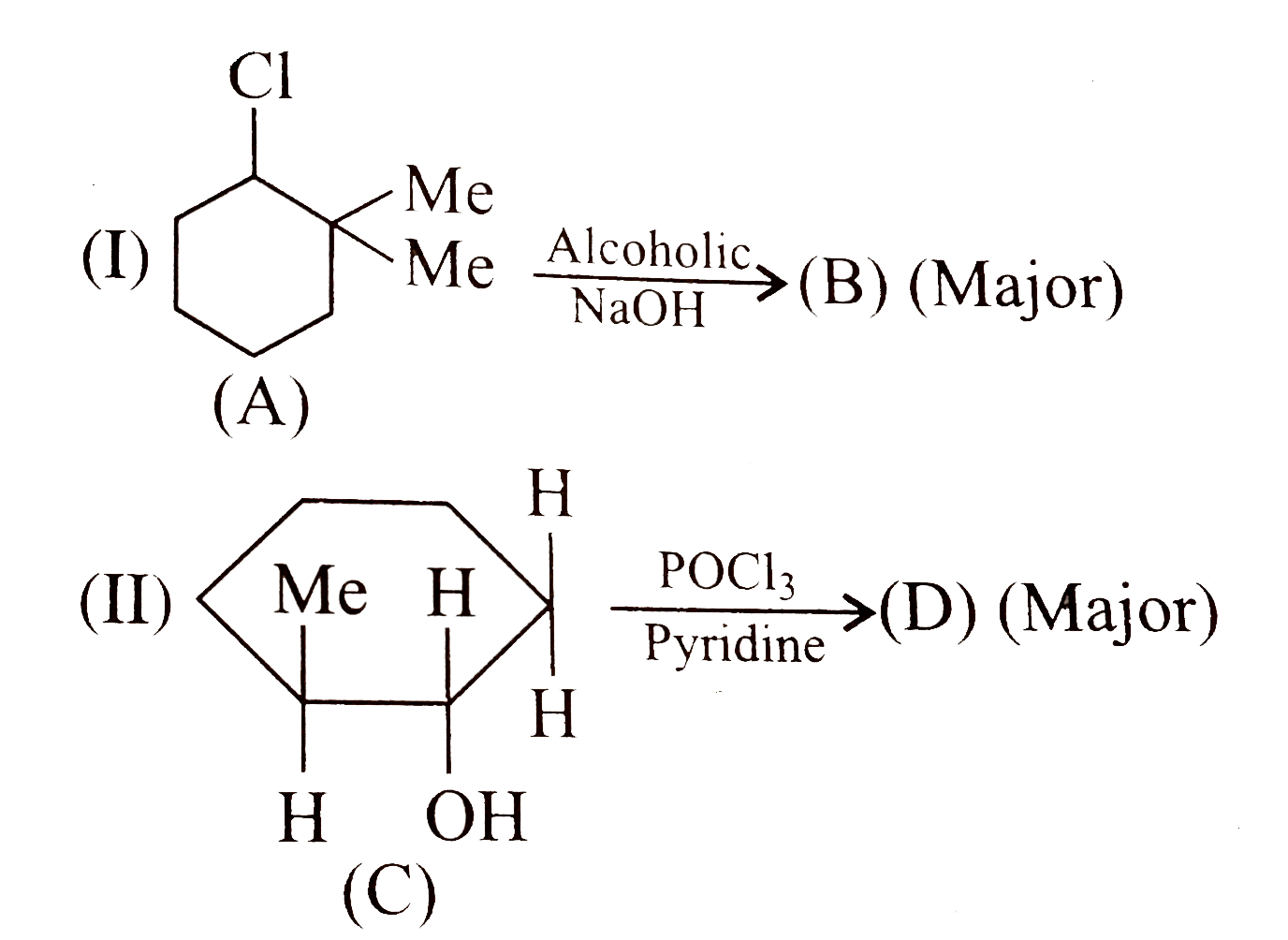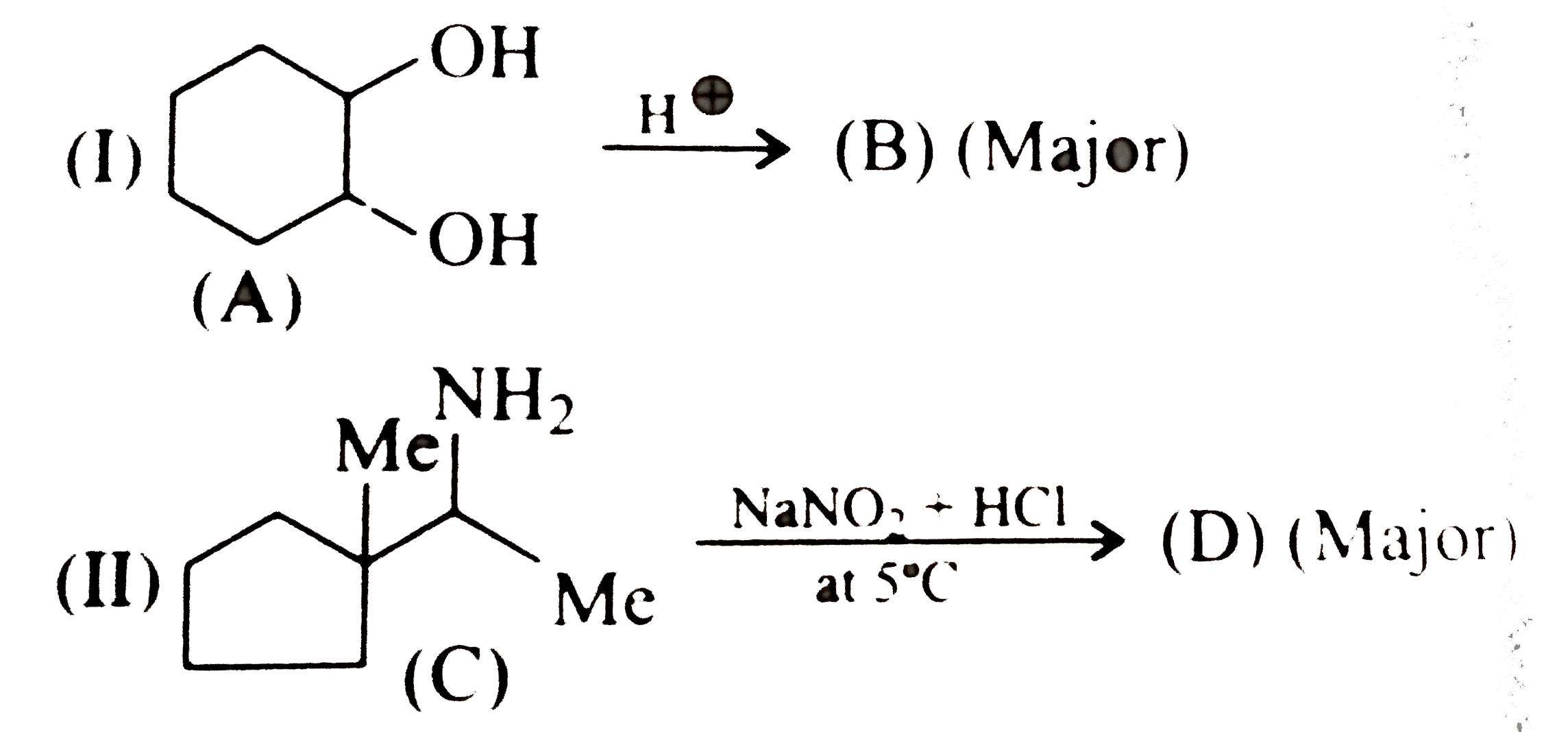Consider the following plots of rate constant versus 1T for four different reactions. Which of the following orders is correct for the activation energies of these reactions?

Eb>Ed>Ec>Ea
Ea>Ec>Ed>Eb
Eb>Ea>Ed>Ec
Ec>Ea>Ed>Eb
The correct Answer is:D
k=Ae−Ea/RT
log k = log A−Ea2.303RT, slope =−Ea2.303R
∴ In the given graph, greater the slope, more is the Ea
∴Order =Ec>Ea>Ed>Eb
Topper's Solved these Questions
- CHEMICAL KINETICS Book:VMC MODULES ENGLISHChapter:CHEMICAL KINETICS Exercise:JEE Advanced (Archive)
Explore 52 Videos
- CHEMICAL KINETICS Book:VMC MODULES ENGLISHChapter:CHEMICAL KINETICS Exercise:Level-2 ( Numerical Value Type for JEE Main )
Explore 15 Videos
- CHEMICAL EQUILIBRIUMBook:VMC MODULES ENGLISHChapter:CHEMICAL EQUILIBRIUMExercise:IN-CHAPTER EXERCISE - G
Explore 10 Videos
- CHEMICAL THERMODYNAMICS Book:VMC MODULES ENGLISHChapter:CHEMICAL THERMODYNAMICS Exercise:IN - CHAPTER EXERCISE - L
Explore 10 Videos
Similar Questions
Knowledge Check
Which of the following reactions has zero activation energy?
A B
B C
C D
D
Consider the following reactions :

Which of the following is a correct comparison of rate of reaction ?
View SolutionDefine " Order of a reaction" and " Activation energy of a reaction " .
View SolutionConsider the following reactions :

Which of the following statements are correct ?
View SolutionConsider the following reactions :

Which of the following statements are correct ?
View SolutionFor which of the following reactions, the units of rate constant and rate of reaction are same?
View SolutionInitial concentration of reactant for nth order reaction is 'a'. Which of the following relations is correct about t1/2 of the reaction?
View SolutionRate of reaction (r ) is plotted against temperature (T) for an enzyme catalysed reaction. Which of the following is correct representation ?
View Solution